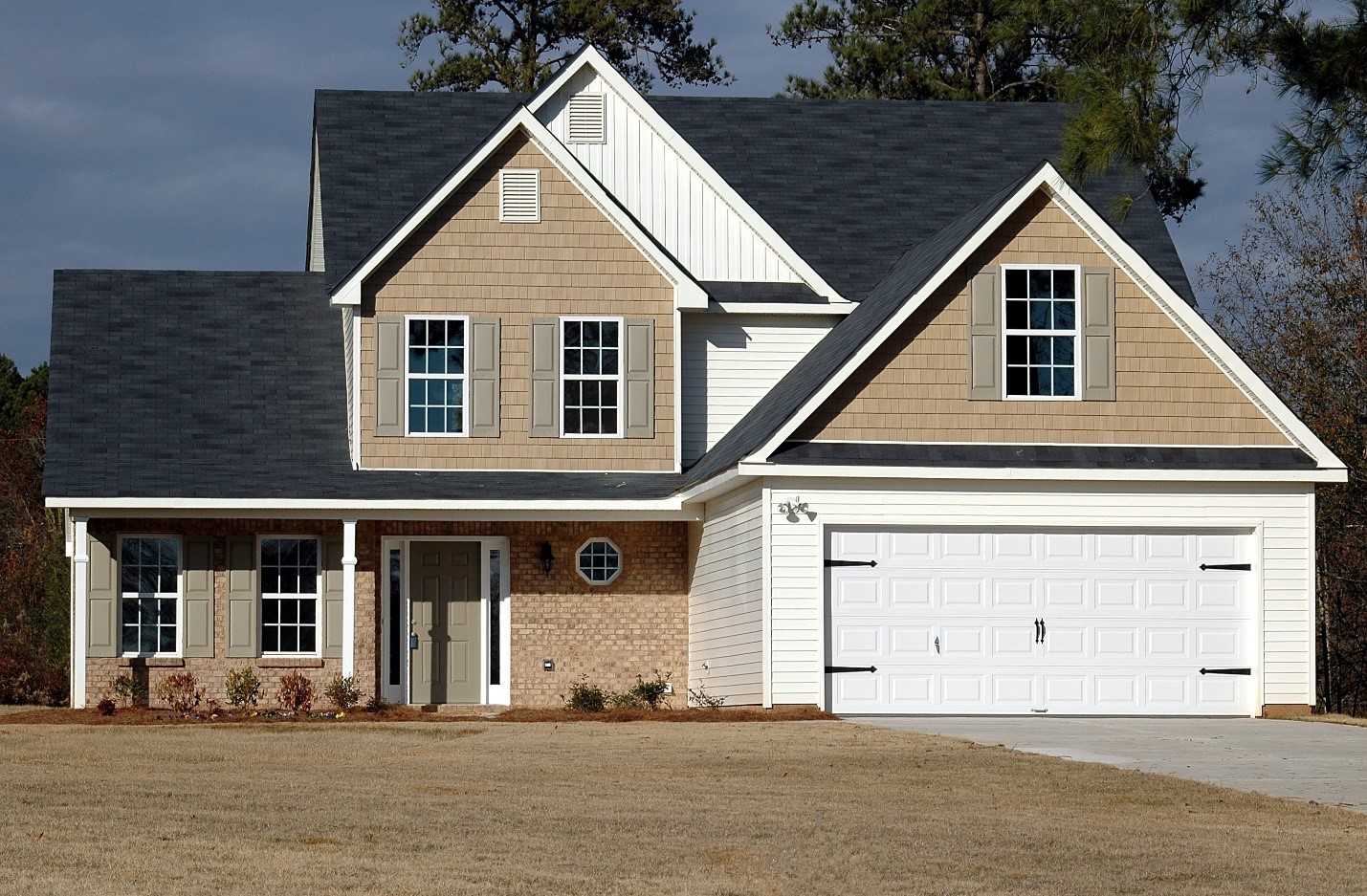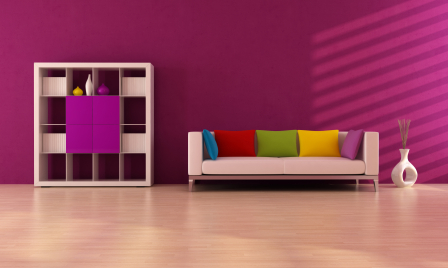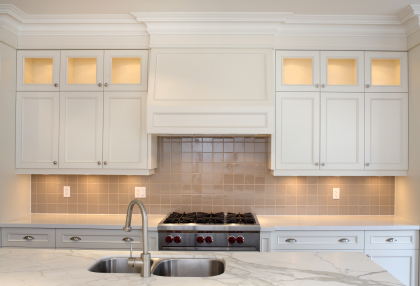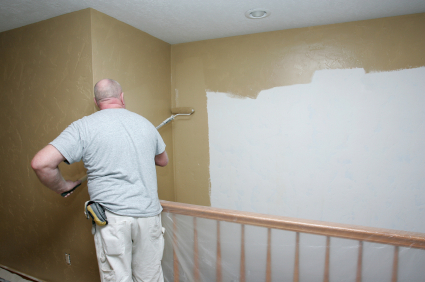A little sprucing up goes a long way in boosting your home’s value, but the money is not always there to do major renovations. You can always try to work on some projects yourself, but others are better left to the professionals. It is important to think about what you want for your home and what your home needs. In this article, we will discuss some major home improvement projects that may be worth your time.
1. Incorporate Energy-Saving Fixtures
Most consumers prefer home improvements that promote environmental sustainability because these improvements are also energy-efficient and help save more money. If you incorporate more of them into your home, you’ll be a step ahead not only for yourself but also towards building an eco-friendly environment. Consider doing these things:
- Use sustainable building materials for your renovation
- Develop more efficient waste recycling systems
- Install solar panels
- Rework your home’s caulk in the attic, windows, and doors
- Replace plumbing fixtures with low-flow alternatives
2. Upgrade Your Outdoor Space
Your home’s exterior is the first impression your visitors get before entering your home. Therefore, you must spruce it up the best way you can. If there’s one thing that COVID-19 taught us is the freedom to enjoy the outdoors. Most people would instead buy a home or work with a custom home builder in Ocean City to create a space where they can rest outside on their own property without restrictions
These upgrades won’t cost you much but will certainly do the trick. Consider the following:
- Powerwash any concrete surface like your front steps or patio
- Add a firepit
- Repaint your home’s exterior, including the door
- Get a yard professional to reseed and tend to your lawn
- Repave your driveway and pressure wash it
3. Expand the Living Area
A home is not complete without a sufficient living room space. It’s the main center for interaction, entertainment, and relaxation. If you have an underutilized space like the attic or basement, you can finish it to create a new living space. You can add a home theater, a library, or a playroom just by taking advantage of under-utilized spaces in your home. It’s typically a less expensive option than a home addition, and it’s a worthy consideration.
4. Modify the Kitchen
The kitchen is a central functional space in any home; therefore, an upgrade is worth the cost. There are tons of renovations that you can do to give your kitchen that stylish look and easier to maneuver while in it without looking crowded. Consider doing these things:
- Modernize the storage places by using built-in cabinets with lighting beneath them or repaint
- Replace the countertops
- Upgrade the sink and faucet
- Buy stainless steel appliances
- Replace the lighting fixtures
- Update the flooring with ceramic tiles in a pattern of your choice
5. Upgrade the Bathroom
Besides the kitchen, the bathroom is the next space you can focus your energy on when thinking of a remodel. It may be uncouth to discuss, but everyone needs to use the bathroom at some point. Here are upgrades to consider:
- Install a new bathtub or replace it with a modern showerhead to get more space
- Replace old plumbing fixtures
- Install support bars
- Update the lighting and floor
- Setup storage spaces
6. Refresh Your Windows
More homeowners are opting for uncomplicated techniques of refreshing their home looks by taking advantage of the available modern window treatments, which are more energy-efficient. Depending on your choice of window treatment, the professionals can seamlessly fix blinds inside glass panes of your existing windows.
Over time, this has become a popular option since it doesn’t require a complicated fixing process. Windows with internal blinds can transform your home since you can get rid of the heavy curtains. Alternatively, if you have more wall space, you can add more windows or a skylight, especially in the darker rooms. The bottom line is to ensure that all rooms are well-lit.
7. Add Automated Systems
In a modern world, it would be ignorant not to acknowledge the effectiveness of modern gadgets even in our homes. Smart devices can make your home’s life easier, especially security, convenient operation from anywhere, and energy management. Consider adding automated systems for:
- Security-house alarms, door locks
- Garden Irrigation by a sprinkler system
- Lighting and appliance control through voice commands
- Thermostat for temperature control
8. Replace Old Flooring
Tile floors can easily stain, they’re hard to clean, and they can get freezing over the cold season. In the cold season, these tile floors are also hard to heat up, and they may increase your utility bills exponentially. For this reason, vinyl floors have risen in popularity since they’re easy to install, and you can easily coexist with them across all seasons.
At least with these, you will not need many rugs, which makes the floor look crowded. For your bathroom, however, the best option remains porcelain non-slip tiles. However, if you need wooden flooring for your bathroom, you must ensure that it’s well refinished to prevent water from sipping into it.
9. Do an Entire Interior Paint Job
Just like you did that exterior repaint, a complete interior repaint will undoubtedly refresh your home’s look. Avoid mixing unusual colors and stick to colors that easily blend in with almost everything. The most common colors are; beige, white, and grey. Use durable high gloss paint with a non-porous finish that’s also easy to clean.
10. Think About Renovation Your Closets
Storage is a crucial factor for many homeowners with large families. No matter how neat you are, your bedroom’s storage choice will always let you down if it doesn’t hide away everything in your bedroom in place. It’s also exciting to wake up to a neat bedroom, rather than one with a crowded look.
A closet redesign ensures that your bedroom is always tidy and livable and enhances organization. Depending on your space, look for the best closet system to use for your bedroom.
If you’ve wanted to revamp your home, then those upgrades will do just that. Please don’t shy away from doing your research to ensure that you get it right and hire the right professionals to do it.
Tags: bathroom remodeling, contemporary, eco-friendly, energy efficiency, flooring, home improvement, home organization, kitchen, landscaping, paint, windows





 Best Case Scenario
Best Case Scenario Other common materials include wood, aluminum, and fiberglass. Wood is an excellent insulator but is expensive compared to vinyl. It also holds up poorly in humid regions and can rot over time especially if rainwater is allowed to accumulate.
Other common materials include wood, aluminum, and fiberglass. Wood is an excellent insulator but is expensive compared to vinyl. It also holds up poorly in humid regions and can rot over time especially if rainwater is allowed to accumulate.